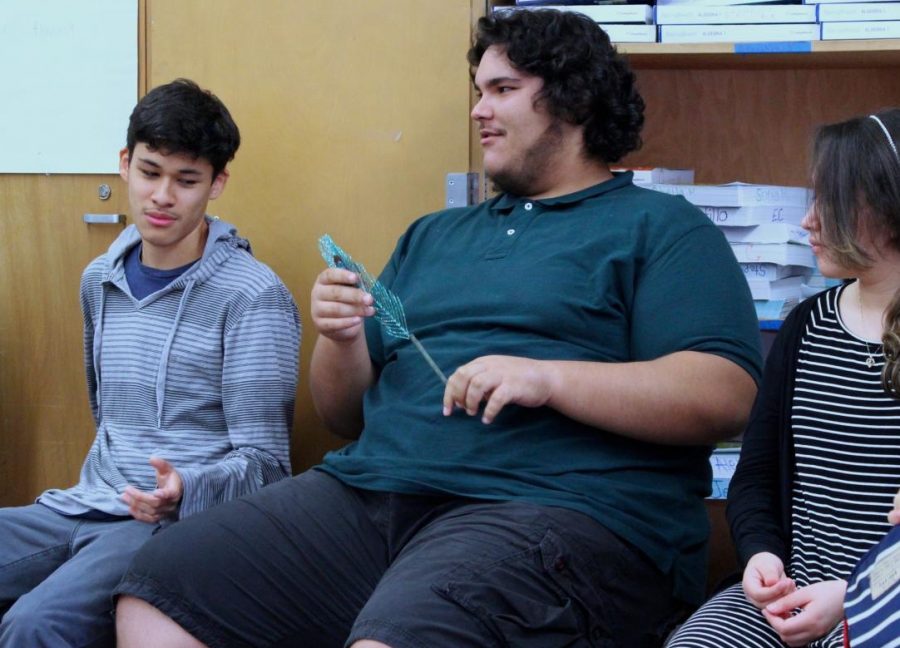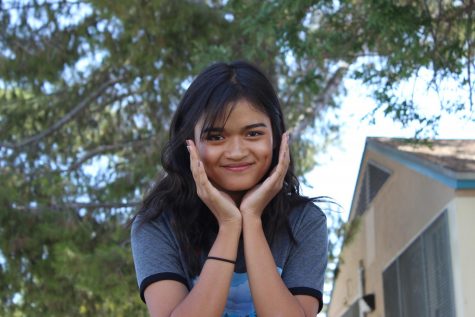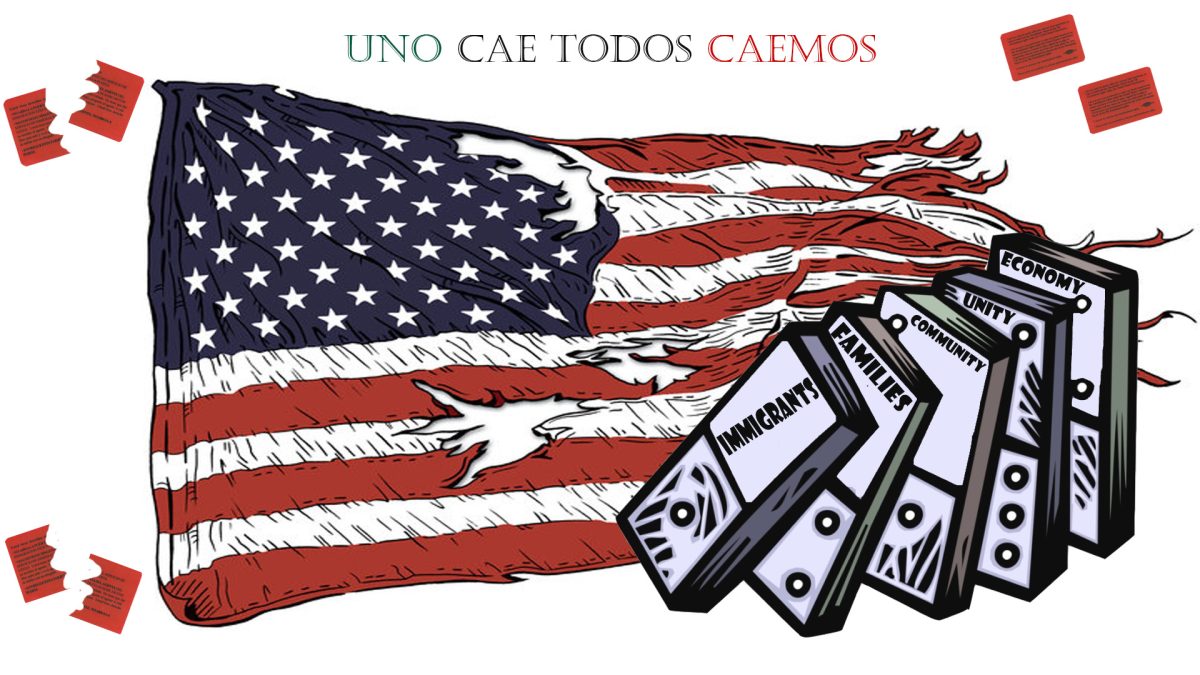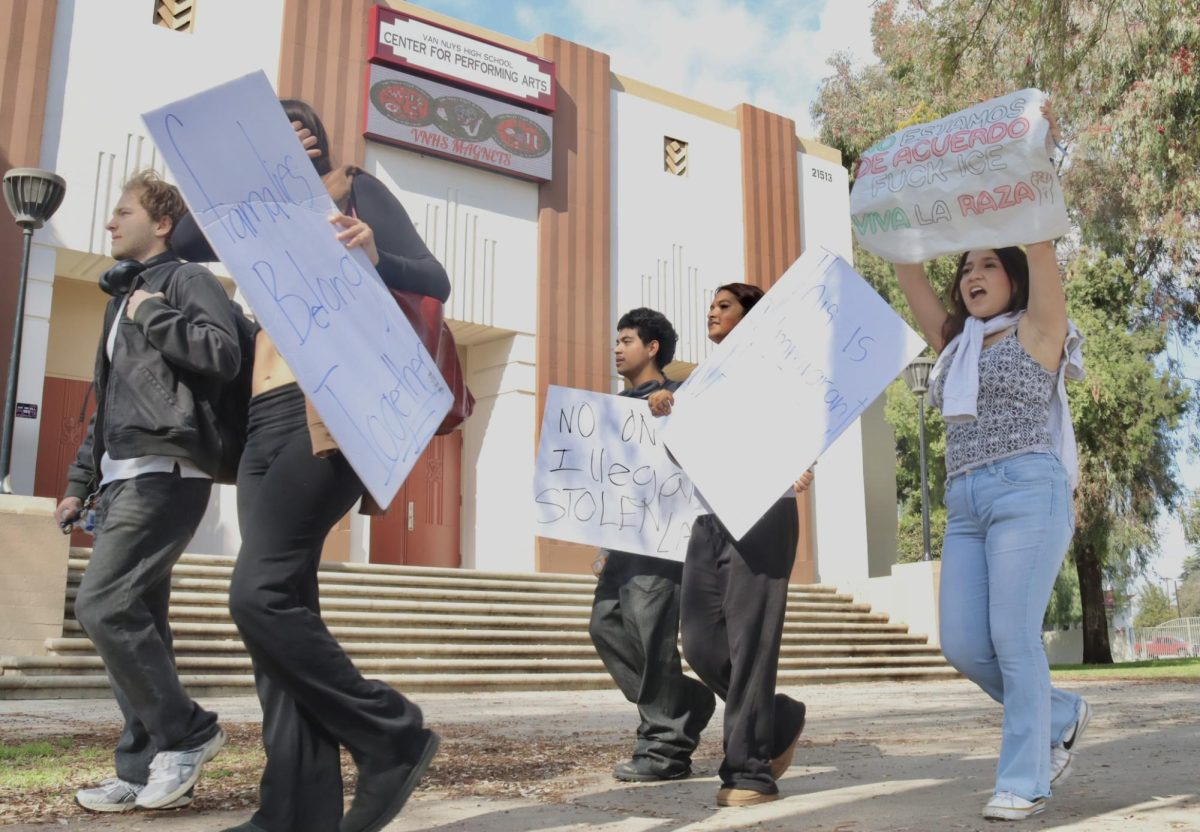Restorative justice implemented to serve model for discipline
Last year, Dean Khazanov passes around the sentimental talking piece in the first restorative justice session on Sept. 20, 2017.
May 29, 2018
Students enter a classroom full of new faces during restorative justice, shy and unresponsive, while others are ready to pour out their thoughts and feelings.
“I think it’s a good way to get to know people that you have an impression of, but really you find out more about them,” sophomore Olivia Bullock said.
As this is the first year implementing restorative justice, many students weren’t responsive during the monthly meetings. During group discussions, the advisory teacher passes around a talking piece that allows students to talk during their turn. However, several students chose to stay silent or skip their turn when talking about events in their life or facts about themselves.
“I hope that people will start participating and opening up more (during restorative justice),” Bullock said.
On the third Friday of every month, students participate in the mandatory meetings known as restorative justice, a safe space where students can share their memories and feelings. Classes are shortened on that day to have time for a 20-minute discussion. The district wanted to have restorative justice as their model for discipline, which is one of the reasons it was put into action. Restorative justice was used to resolve conflicts in several campuses throughout LAUSD about two or three years ago, by having students sit down and form a community with one another.
“I don’t like restorative justice because I think it wastes time since I don’t learn about anything,” senior Jaleh Moslemi said.
Between fourth period and lunch, students are required to go to their advisory teachers and a group of students from different grade levels but of the same house. Students who are new to Daniel Pearl Magnet High School are required to randomly select their house during orientation: Clemens, Hersey, Higgins or Salazar.
Restorative justice will continue to be apart of students’ lives in the following years. Since the population of Daniel Pearl Magnet High School is not as large as typical high schools, the initial format of restorative justice was altered to fit the population of the school. Restorative justice was initially meant to be used for conflict resolution.
“This year is the lets get it going and see what is going to happen year,” said science teacher Stephen Schaffter, who organizes the monthly restorative justice activity. “We’re learning as we go. We’re fine tuning it. It’s not a final product and never will be a final product.”
Several students and teachers gave positive and negative feedback regarding the restorative justice meetings. Contrary to popular belief among Daniel Pearl Magnet High School students, restorative justice was actually enjoyed and welcomed by many students.
“(Restorative justice in my class) was surprisingly engaging,” substitute teacher Charity Price said. “A lot of the students really enjoyed it, and enjoyed being able to share, although it was difficult for them to warm up to it (in the beginning.)”








